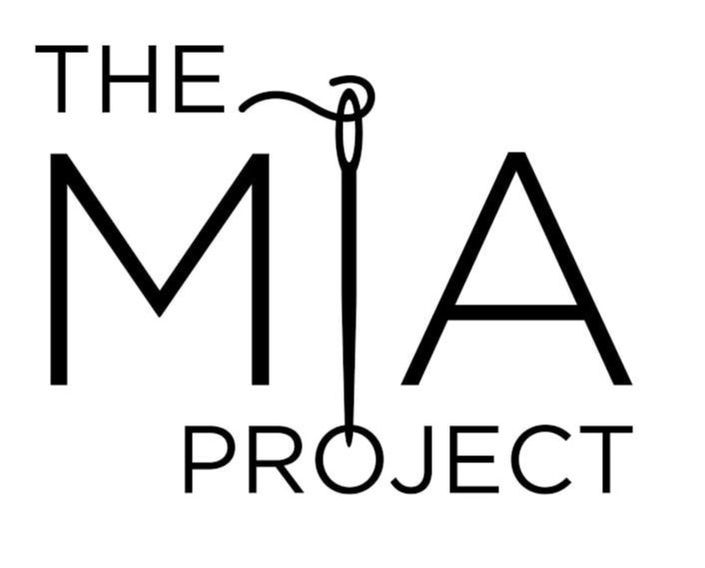|
Silk is one of the most luxurious fabrics that often become family air-looms being passed down from generation to generation. To ensure their maximum life span, it is imperative that your silk garments are cared for properly maintaining minimum damage and disintegration over time. Care is perhaps the most important factor in regards to the long term durability and lifespan of a silk clothing item. While it is easy to fall in love with the feel and look of silk, we can often feel dissuaded by its need for special care and dry cleaning. The good news is, you can actually wash many types of silk fabrics at home if you follow the proper guidelines to avoid damaging them over time. We'll walk you through all the steps necessary for hand washing your silks bellow, but before we get started it is important to note that there are some extra sensitive silk fabrics that maintain best appearance and quality over time if dry cleaned only. The following should always be dry cleaned for best results: -Shantung -Dupioni (always dry clean) -Satin -Crepe -Satin Back Crepe -Silk Chiffon -Taffeta -Beaded and Printed silks -Brocade -Most novelty silk fabrics The main reason dry cleaning is recommended for these particular fabrics is due to their lustrous, shiny characteristic. Washing these silk fabrics by hand or with a washing machine may cause them to lose their luster and texture. In the case of silk fabrics that feature beading, trims and other decorative features, dry cleaning is perhaps the best choice to avoid damaging these ornamental features. Printed silk or silk featuring very bright or dark colors would also work best with dry cleaning due to the risk of color fading over time. If you own silk garments that are lined (especially if the lining features a contrast color) it is recommended that you dry clean these items to avoid the color bleeding through or getting absorbed into the silk fibers. Washing Instructions for Silk Garments:If you choose to forego dry cleaning and tackle silk care at home, it is best to wash silk fabrics by hand. Keep in mind that washing silk will change the texture and appearance of the fabric often resulting in a slightly faded color and altered luster. Some people prefer hand washing silks over dry cleaning due to the fact that if done correctly, it adds a soft quality/hand to the fabric. It is important to note that silk fabric is made of protein fibers. This means that the fibers' structure is composed of protein molecules. For that reason, silk can disintegrate over time due to friction and high temperatures. It is good practice to approach caring for silk the same way you would care for human hair.
1 Comment
Fashion illustration is a skill that is developed over time contingent on lots of patience and practice. Perhaps the most rewarding part about learning how to draw a fashion figure is being able to sketch your own clothing design ideas in an effortless, readable way. This is especially valuable if you want to learn how to design and make your own clothing. Lets face it, the concept of drawing clothing on a fashion figure can feel quite intimidating. However, you really don't have to have a fashion design degree to learn how to design clothing on your own and effortlessly sketch your ideas down on paper. The good news is there are a few simple steps you can follow that will help you avoid some of the confusion associated with proportion and movement and allow you to focus and prioritize when drawing clothing. Before tackling the clothing sketches, it is first important to understand how to draw a fashion figure. Drawing the figure first and then dressing it with your design ideas will not only help you bring the clothing item to life, it will also allow for a much easier sketching process and understanding of basic fabric drape, fit and movement. A fashion figure is different than a regular figure drawing in the fact that it is a more dramatic, less detailed representation featuring more exaggerated movement and proportions. Fashion figures can essentially take any shape you desire stylistically allowing you to really express your style artistically. Often times, the style of your fashion sketches reflects the style of the clothing you are designing. As a beginner , don't stress too much about finding your style right away- this is something that occurs naturally over time whether you strive for it or not. For now, focus on learning the basic proportion and movement concepts described below which should hopefully lay out the bullring blocks for finding your drawing style over time. As described above, a good fashion drawing should be able to capture the movement of the design and fabric you are envisioning. If you learn a few basic concepts about proportion, balance and movement you'll be able to sketch a fashion figure in just a few minutes. As you practice, you will find what works best for you and your drawing style.
Sleeves can sometimes make or break a clothing item. Not only are they essential for comfort and functionality, their style has a huge impact on a garment aesthetically. There are a variety of different sleeve types out there ranging from simple to very unique in shape and design. No matter how complicated the design however, all sleeves are derived from just a few classic silhouettes. These basic silhouettes act as a building block both in the sewing as well as design process. From a construction standpoint, sleeves have always been a bit challenging to sew, especially for sewing beginners. Below, we'll introduce you to 25 sleeve styles you should know and the challenges you may face in their construction process. SleevelessAlthough sleeveless is not necessarily a type of sleeve, understanding what sleeveless means is a good place to start if you are trying to get a better grip on sleeve construction. Just as the name suggests, a sleeveless garment has no sleeves. A sleeveless garment has armholes that are clean-finished using a variety of different sewing techniques.
Sleeveless clothing items can have different size armholes and be shaped in a range of styles. Some sleeveless garments feature very wide, deep curves at the armhole's bottom while others extended towards the neckline to form a thinner shoulder strap. Regardless of style, if a clothing item lacks sleeves or any form of arm coverage, it is safe to say that it can be classified as sleeveless. Sewing Difficulty: Thankfully, with a sleeveless clothing item, you don't have to worry about sewing in a sleeve which can prove to be quite challenging (especially for sewing beginners). Clean finishing armhole edges however does require some special attention along the more curved underarm areas. If you are a beginner, you should feel comfortable sewing a sleeveless garment and clean-finishing armhole edges first before tackling the unique task of sleeves. Clean finishing armhole edges will get you accustomed to working with the more challenging curved edges of a garment which will ultimately get you one step closer to sewing that perfect sleeve. The most common methods for clean finishing armhole edges are by using binding (for more casual, lightweight apparel), armhole facing, or applying trims and other decorative techniques. 1. If it uses more fabric, it should be more expensive. It couldn't be farther from the truth. Just because a clothing item uses a lot more yardage of fabric does not mean that it should automatically cost more. Although the amount of fabric used is certainly important, it is not the sole factor that determines the price of a garment. If we break down how fabric affects the cost of a clothing item, then quality and content is always at the forefront.
Natural fibers and some embellished fabrics will often cost more per yard then commonly-used, synthetic fabrics. For that reason, it is quite acceptable that the price of a clothing item that uses less fabric is sometimes more expensive due to the higher cost of the fabric per yard. A polyester maxi dress requires more fabric but will most likely be less expensive than let's say a silk charmeuse sleeveless blouse that doesn't require as much material. The difference is in the quality and cost of the fabric alone- silk is a pricier, more luxurious fabric that is not as readily-available and massively produced at lower costs as synthetic polyester is. 1. Blouses and dresses pulling across the chest area. A blouse or dress that pulls across the chest is most often caused by the lack of bust darts at the garment's side seams. Bust darts are produced by sewing in excess fabric on a garment into triangle shapes. All darts have vanishing points and dart legs which essential makes them look like triangles or angles on a sewing pattern. Bust darts are added horizontally from side seam inward in order to create a more 3-dimensional shape around a woman's bust area. Bust darts are essential in allowing the fabric (which is 2-dimensional) to mold around the organic areas of the human form allowing for a comfortable fit. When bust darts are missing, a woven garment that is more form-fitting in design will often pull across the chest area not only creating fit issues, but also causing aesthetic inconsistencies. Missing bust darts is perhaps the most common fit issue that is caused at the construction level. One of the main reasons manufacturers/designers avoid adding bust darts is due to the increasing cost of production. It simply costs more money to add the extra steps of marking and sewing darts. However, darts are essential in providing the correct fit and comfort in more form-fitting, woven styles. You'll notice a woven clothing item pulling horizontally across the chest area most commonly with button down blouses- When the blouse is buttoned all the way up, the front pulls across the chest and forms a gap where the buttons close at the bust area. Unfortunately, this is a fit issue that cannot be fixed once the garment is completed. Because the exclusion of darts happens so early on in the construction process at the pattern-making/design level, once the sewing patterns have been cut, it is impossible to add bust darts afterwards.
If you own a clothing item such as blouse or dress that pulls across the chest in an uncomfortable fashion, you can exchange the clothing item for a one that is a size up. If the garment in question is a button-up blouse, you can always layer it with a tank top underneath and wear it either fully unbuttoned or release the buttons where the blouse is pulling most. How to Shop For Long-Lasting Apparel: Key Elements to Consider When Searching For a Wardrobe Staple.8/25/2017 A classic wardrobe staple requires the perfect balance of design, fit and versatility. Lets face it, in this fast-fashion market consumers have a short interest span. Clothing companies focus mainly on trend and how fast they can bring new, low-priced clothing to market. What used to be seasonal has turned into monthly and even large department stores are having a hard time keeping up with the need for constant inventory replenishment. Trendiness has caused clothing to become somewhat dispensable, making it that much more difficult to find a long-lasting style worthy of becoming that true go-to in your closet. When you are lucky enough to find it however, chances are you'll hold on to it with dear life. If you have your eye on finding long-lasting, versatile clothing items that stand the test of time, it is best to be on the look out for some specific qualities at the shopping stage. Bellow, we'll give you a few suggestions and factors to consider as you shop for good quality, long-wearing clothing. Since the Sweater Blouse is designed with that concept in mind, we'll use it as an example as we walk you through some important elements every wardrobe essential should feature. |
The Blog:A journey into our design process, sewing tutorials, fashion tips, and all the inspiring people and things we love. Doina AlexeiDesigner by trade and dressmaker at heart. I spend most of my days obsessing over new fabrics and daydreaming new ideas. Sadie
Executive Assistant & Client Relations Manager Archives
November 2019
Categories
All
|
-
Sewing Tutorials
-
Basics
>
- Aligning Pattern Grainlines To Fabric
- Preparing Fabrics For Sewing
- Pinning Sewing Patterns To Fabric
- Placing Sewing Patterns On Fabric For Cutting
- Rotary Cutters or Fabric Scissors?
- Cutting The Sewing Patterns
- What Are Notches And How To Use Them In The Sewing Process
- Transferring Notches From Pattern To Fabric
- Transferring Seamlines to Fabric
- Staystitching
- Backstitching: A Complete Guide
- Hand Basting: A Complete Guide
- Sewing Continuous Bias Binding
- Darts >
-
Sewing Seams
>
- The Basics Of Seams And Seam Allowance
- How To Sew A Straight Seam
- Sewing Curved Seams
- Sewing Corner Seams
- Trimming And Grading Seam Excess
- Notching/Clipping Seam Allowance for Tension Release
- Sewing Topstitched Seams
- Sewing Corded Seams
- Sewing A Slot Seam
- Sewing A Gathered Seam
- Sewing Bias Seams
- Sewing Seams With Ease
- Sewing Seams With Crossing Seamlines
- Sewing Unlike Fabric Seams
- How To Iron Seams: Ironing Tools And Conventions
- Sewing With Knit Fabrics
- Understanding Stitch Length And Tension
- Sewing Unique Fabric Seams
-
Seam Finishes
>
- Seam Finishing Techniques - Overview
- Applying A Pinked Seam Finish
- Applying A Bias Bound Seam Finish
- Serging And Zigzag Seam Finishes
- Sewing A Self-Bound Seam Finish
- Sewing A French Seam Finish
- Sewing A Hong Kong Seam Finish
- Sewing A Mock French Seam Finish
- Sewing A Turned-and-Stitched Seam Finish
- Sewing Overcast Hand-Applied Seam Finishes
- Sewing A Flat Felled Seam
- Sewing A Hairline Seam Finish
-
Hem Finishes
>
- Garment Hem Finishes: Overview
- Sewing A Double Fold Hem Finish
- Sewing A Single Fold Hem Finish
- Sewing Bound Hem Finishes
- Sewing An Exposed Double Layer Bound Hem
- Sewing A Folded-Up Bound Hem with Pre-folded Binding
- Sewing A Hong Kong Hem Finish
- Sewing A Band Hem Finish
- Sewing A Bias Faced Hem Finish
- Sewing A Twill Tape Hem Finish
- Sewing A Rolled Hem Finish
- Sewing A Shaped Hem Facing
- Using Fusible Hem Tape And Webbing
- Finishing A Lace Fabric Hem
- Finishing A Leather Hem
- Sewing Faced Hem Corners
- How To Finish Lining At The Hem
- Finishing Fabric Corners by Mitering >
- Interfacing A Hemline: Lined And Unlined Examples
-
Sewing Pockets
>
- Curved Patch Pocket With Flap
- Unlined Square Patch Pockets
- Lined Patch Pockets: Two Ways
- Extension On-Seam Pockets
- Separate On-Seam Pocket
- Front Hip Pockets
- Bound Double Welt Pocket
- Double Welt Pocket With Flap
- Self-Welt Pocket (Using Single Fabric Layer)
- Slanted Welt Pocket (Hand-Stitched)
- Faced Slash Pockets: Overview >
-
Sewing Zippers
>
- Sewing Zippers: General Information
- Sewing A Centered Zipper
- Sewing A Lapped Zipper
- Sewing An Invisible Zipper
- Sewing A Fly Front Zipper
- Sewing A Closed-End Exposed Zipper (No Seam)
- Sewing An Exposed Separating Zipper
- Sewing Hand Stitched Zipper Applications
- Sewing A Zipper Underlay
- Sewing A Placket-Enclosed Separating Zipper
- Sleeveless Finishes >
-
Neckline Finishes
>
- Sewing A Neck Shaped Facing
- Sewing An All-In-One Neck Facing
- Neck And Garment Opening Combination Facings >
- Sewing A Bias Faced Neckline Finish
- Sewing A Band Neckline Finish
- Bound Neckline Finishes: Overview >
- Sewing A Semi-Stretch Strip Band Neckline
- Ribbed Neck Band And Classic Turtleneck
- Decorative Neckline Finishes >
- Finishing Facing Edges >
-
Extras
>
- A Complete Guide on Interfacing
- Sewing Bound Spaghetti Straps
- Sewing Spaghetti Straps To A Faced Neckline
- Sewing Ruffles: Overview
- Patterning And Sewing A Circle Ruffle
- Sewing A Gathered Heading Ruffle
- Sewing Double Layer Gathered Ruffles
- Sewing A Gathered Ruffle Into A Seam
- Sewing A Gathered Ruffle To A Fabric Edge
- Sewing A Fabric Surface Slit
- Sewing A Slit Seam
- Hand-Applied Straight Stitches
- Hand-Applied Blind Stitches
- Hand-Applied Overedge Stitches
- Hand-Applied Tack Stitches
- Hand-Applied Decorative Stitches
-
Basics
>
- Custom Bridal
- Custom Apparel
- About
- Blog
Services |
Company |
|

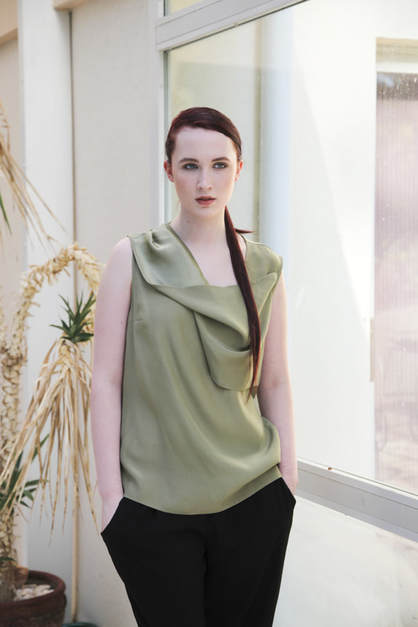

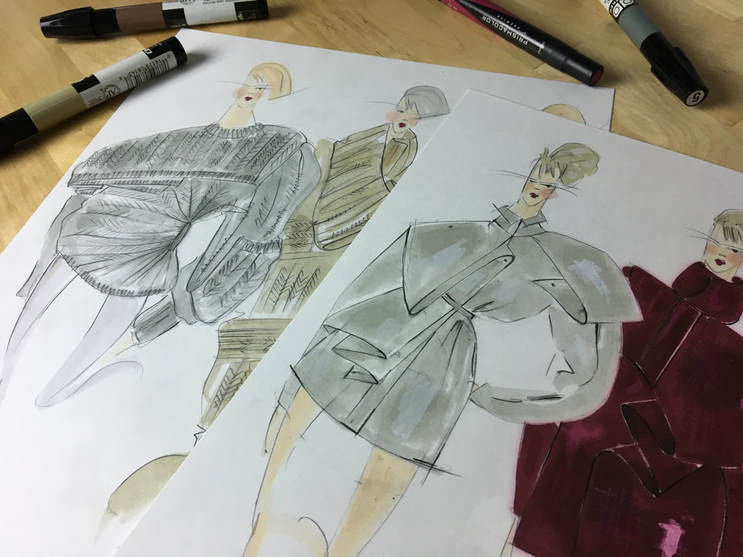
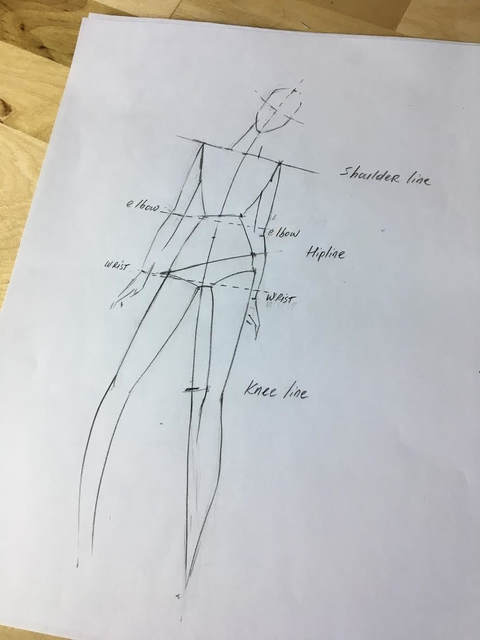
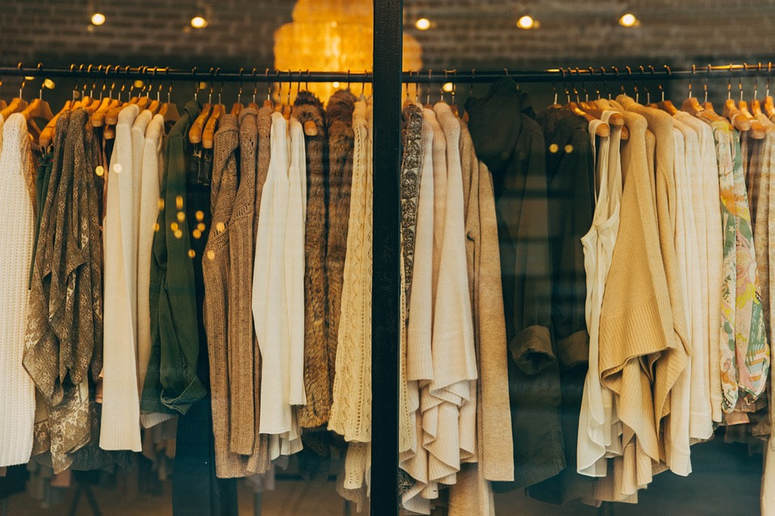

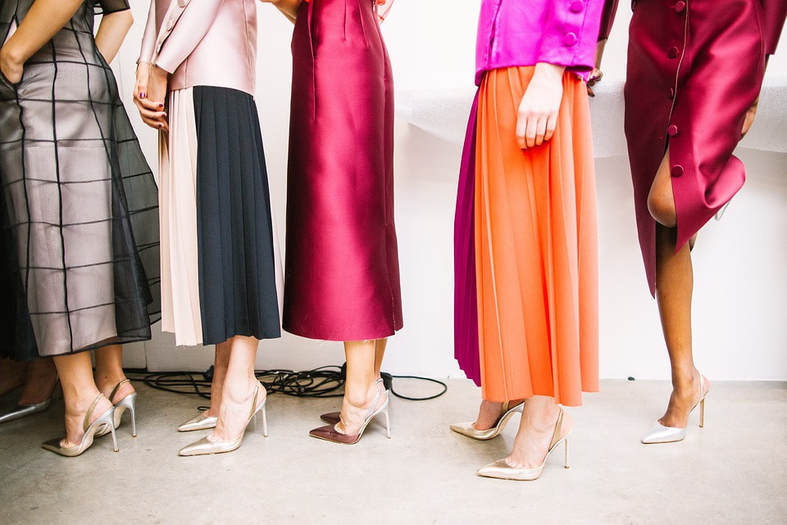
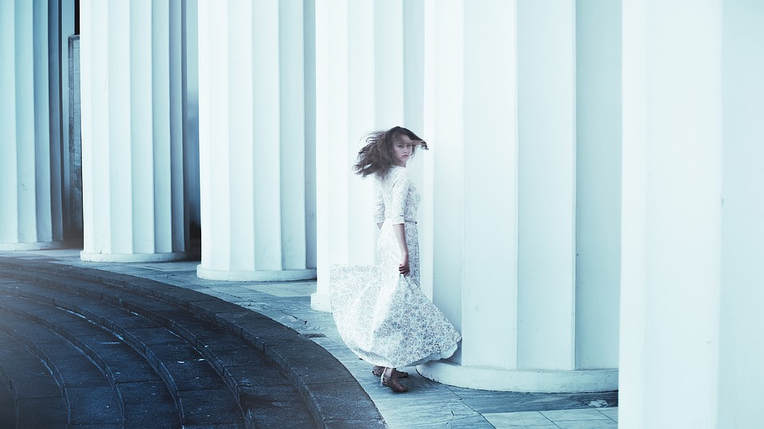
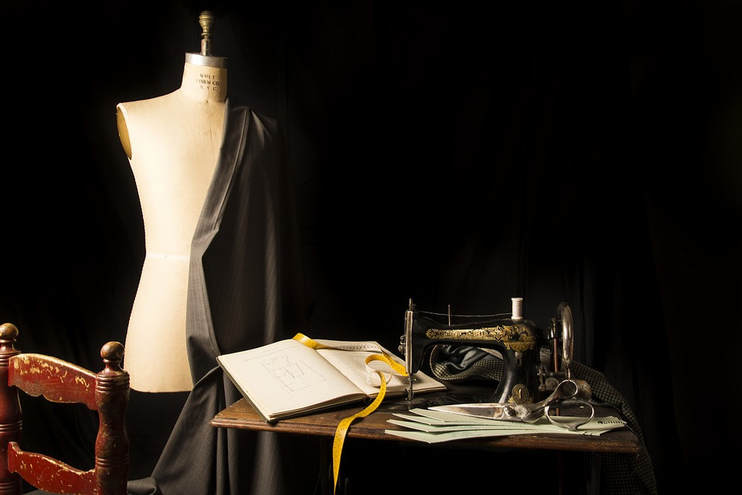
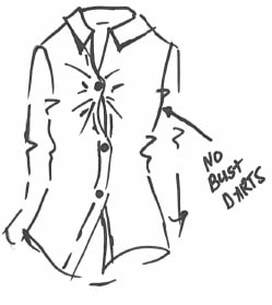
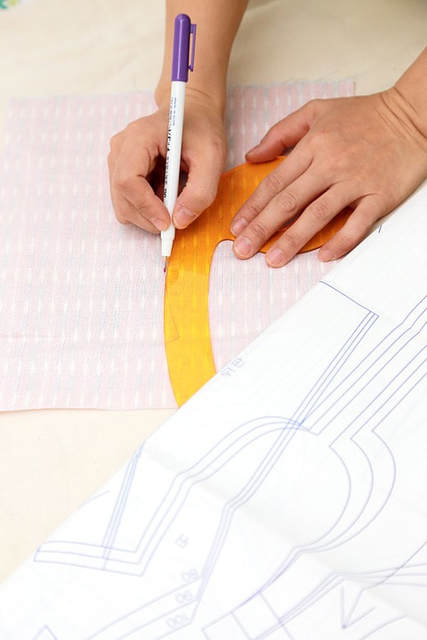
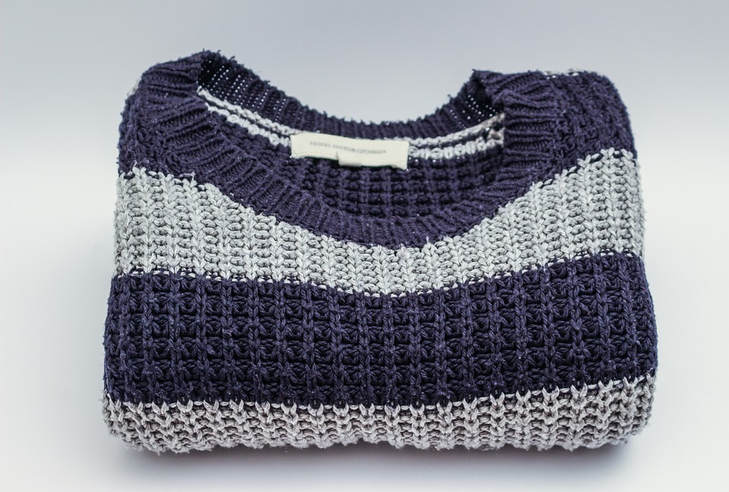
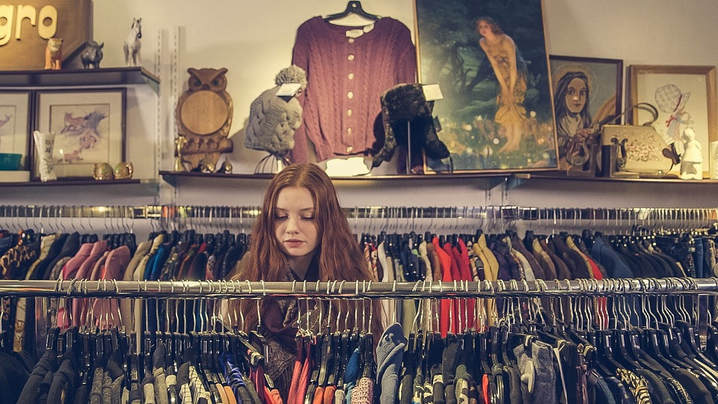


 RSS Feed
RSS Feed
